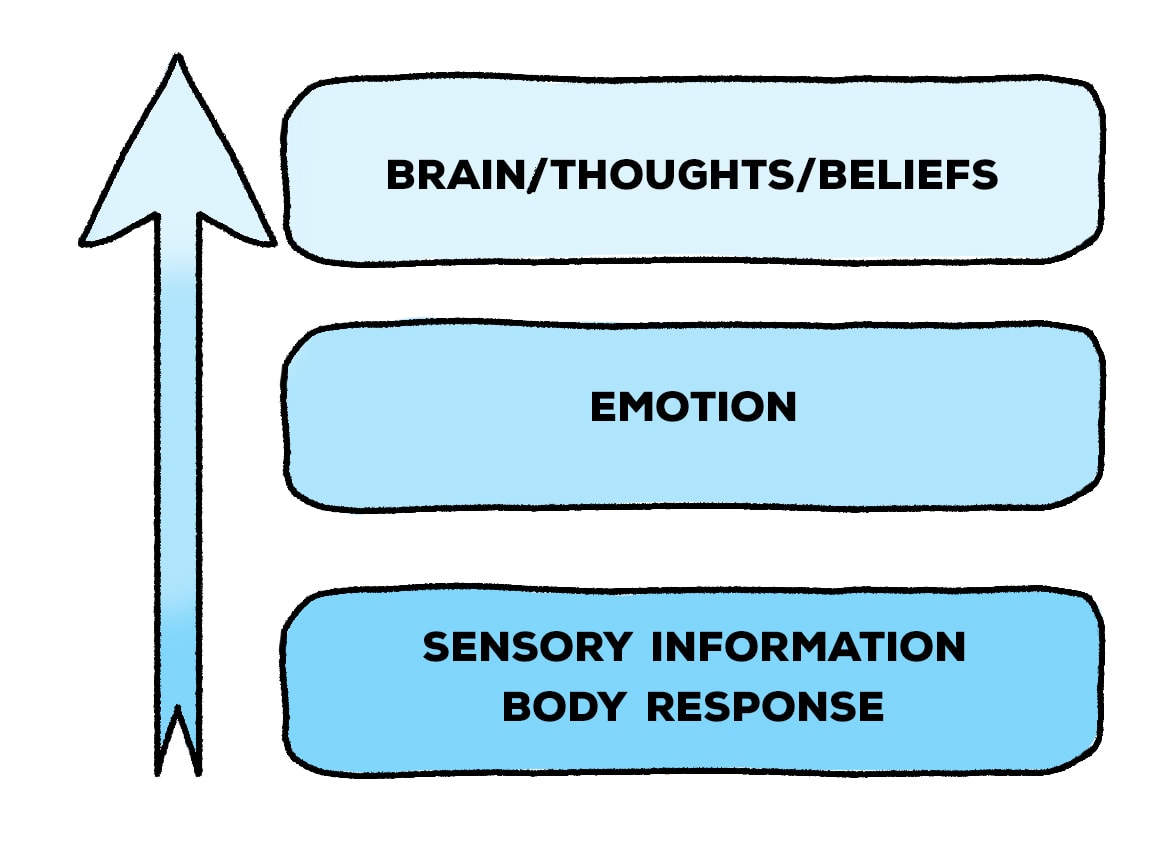Bottom-up processing refers to information processing that processes stimuli in a sequential manner from bottom to top. The process begins with small details, then builds up to more complicated concepts. This is distinct from top-down processing, which is based on forming an overall impression and looking for evidence that supports the idea. For example, a person who is visualizing the city’s streets may initially make an impression of the street is crowded as well as noisy and chaotic. To verify this notion, they could seek out specific indications of this, like individuals pushing through crowds or hearing traffic noise generated by nearby cars.

Because bottom-up processes tend to be more analytical and driven by data It has been extensively investigated in relation to specific cognitive taskslike perception and memory. However, it also has the potential to play a crucial role in other aspects of our lives like creativity or decision-making like design or art. When applied strategically and with the appropriate, bottom-up processing can lead to better solutions and more insight into complex situations. In spite of its negative stigma in academic circles bottom-up processing is very beneficial in understanding our surroundings and our own inner workings.
The brain’s complex functions are central to every thought and action. The brain’s complex processes play an significant roles in everything including intelligence and memory to mood and behaviour. Bottom-up processing is one the most significant factors that impact brain function. It refers to the manner in which information is processed starting at the level of individual neurons, also known as nerve cells, all the way to interconnected neural pathways to eventually impact higher cognitive functions such as awareness and focus. This process has been found to significantly impact memory and learning. However, it can also be useful in treating disorders like schizophrenia or Alzheimer’s. Understanding the mechanisms behind the top-down processing of brain function may help us unlock some of the mysteries that are underlying the brain’s function. This could lead to innovative new techniques in neuroscience, healthcare, and other areas.
Bottom-up processing is how our brain process information. Top-down processing is focused more on integrating previous knowledge and expectations into learning. Bottom-up processing relies on the input of raw data. Bottom-up processing is a wonderful way to master learners of all levels by focusing on specific elements of the learning process. This covers vocabulary and the basic sounds, as well as complex concepts and ideas.
The primary benefit of bottom-up processing is that it permits us to step back and focus on each individual element of information we encounter. This helps us to stay active and eager to learn new concepts, refine existing ones, or recognize possible areas for improvement. In addition, by highlighting how different pieces of information are connected by logical chains or networks, this approach helps us see how different pieces can be connected to make sense at an even deeper level. Through engaging in bottom-up processing, we will become better at learning and more effective communicators.
For more information, click Practicalpie
